Water & Wood Exhibit
January 14 – February 4, 2024
The Syd Blackmarr Arts Center
255 Love Avenue, Tifton
Exhibit Hours
Thursday & Fridays: 4:00 pm – 7:00 pm
Saturday & Sunday: 11:00 am – 4:00 pm
Opening Reception
Sunday, January 14: 2:00 pm – 4:00 pm
*Free and open to the public
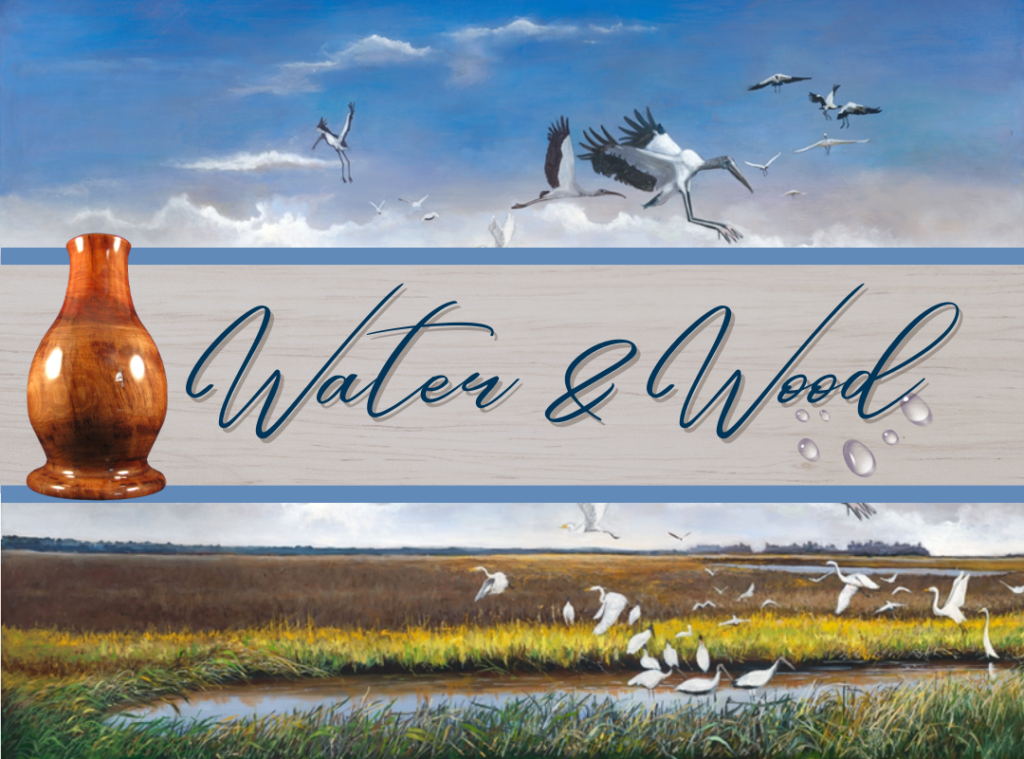
*This exhibit is FREE and open to the public. Donations are welcome.
About the Painter: Eluster Richardson
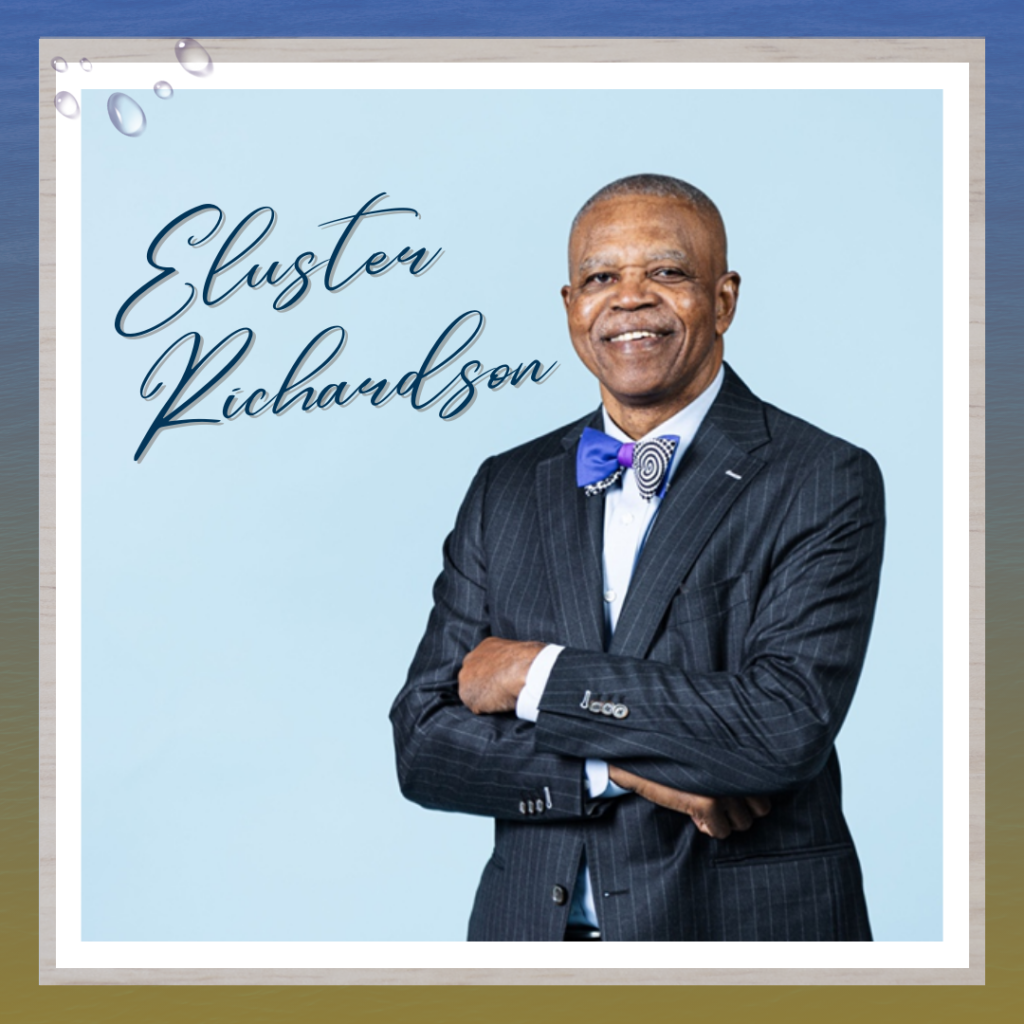 Eluster Richardson is a native of Tallahassee who has had a passion for art since childhood. His talent in drawing became apparent in elementary school, drawing simple machines. After high school, he attended Tallahassee Community College to further his desire to be an artist. Upon completion of college, he spent 3 years in the U.S. Army, and returned home to begin working for Central Telephone Company. During his employment, Richardson received the Outstanding Achievement Award, which recognizes employees for distinguished on-the-job service, quality of character, and dedication to the community. After his retirement as a Network Engineer, he began a new career as a full-time artist. He began work as the Artist in Residence for the John G. Riley Museum where he curated many exhibitions, and he produced large commissions including 9 watercolor paintings for the Tall Timbers Jones Family Tenant project.
Eluster Richardson is a native of Tallahassee who has had a passion for art since childhood. His talent in drawing became apparent in elementary school, drawing simple machines. After high school, he attended Tallahassee Community College to further his desire to be an artist. Upon completion of college, he spent 3 years in the U.S. Army, and returned home to begin working for Central Telephone Company. During his employment, Richardson received the Outstanding Achievement Award, which recognizes employees for distinguished on-the-job service, quality of character, and dedication to the community. After his retirement as a Network Engineer, he began a new career as a full-time artist. He began work as the Artist in Residence for the John G. Riley Museum where he curated many exhibitions, and he produced large commissions including 9 watercolor paintings for the Tall Timbers Jones Family Tenant project.
Richardson has logged in many hours of serving our community. He served as a speaker for both the Osher Lifelong Learning Institute at Florida State University and the Tallahassee Senior Center, he volunteered for the Gadsden Art Center & Museum, and he served as the President for the Tallahassee Watercolor Society.
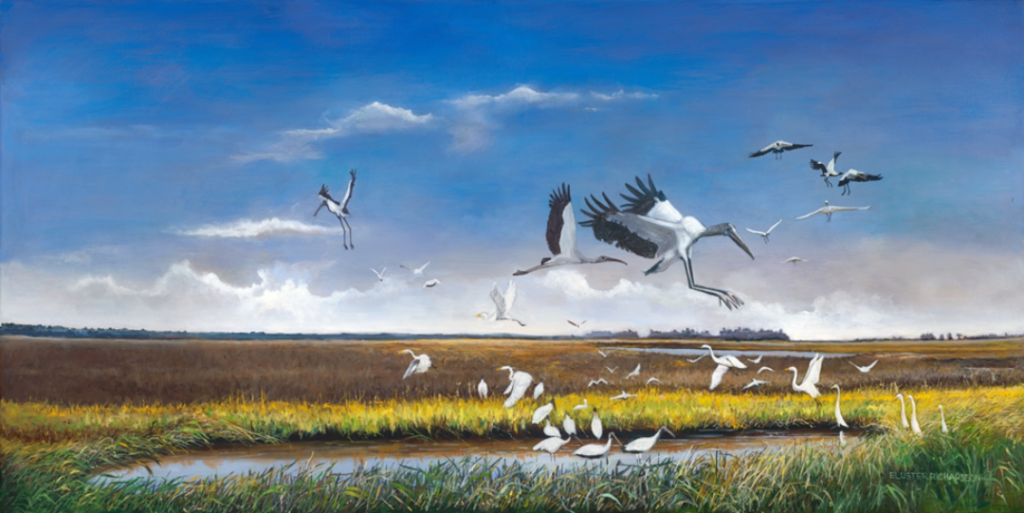
Richardson’s work can be found in many private collections, both local and national. His work can also be seen in public places such as All Children’s Hospital in St. Petersburg, Florida as well as multiple locations in his hometown of Tallahassee, Florida including the Leon County Libraries, The Community Business Center, and the Tall Timbers Research Center.
The works of Eluster Richardson can also be found in the museum collections of Gadsden Arts Center & Museum in Quincy, Florida, the Polk County Museum of Art in Lakeland, Florida, the John G. Riley Center & Museum in Tallahassee, Florida, and the Custom House Museum in Clarksville, Tennessee.
In total, Eluster Richardson has over 60 years of successful artistic experience with a specialization in oil watercolor painting.
About the Wood Turners:
Steve Woodham, Paul Horst, Bob Walker, Dave Richards, & James Puckett
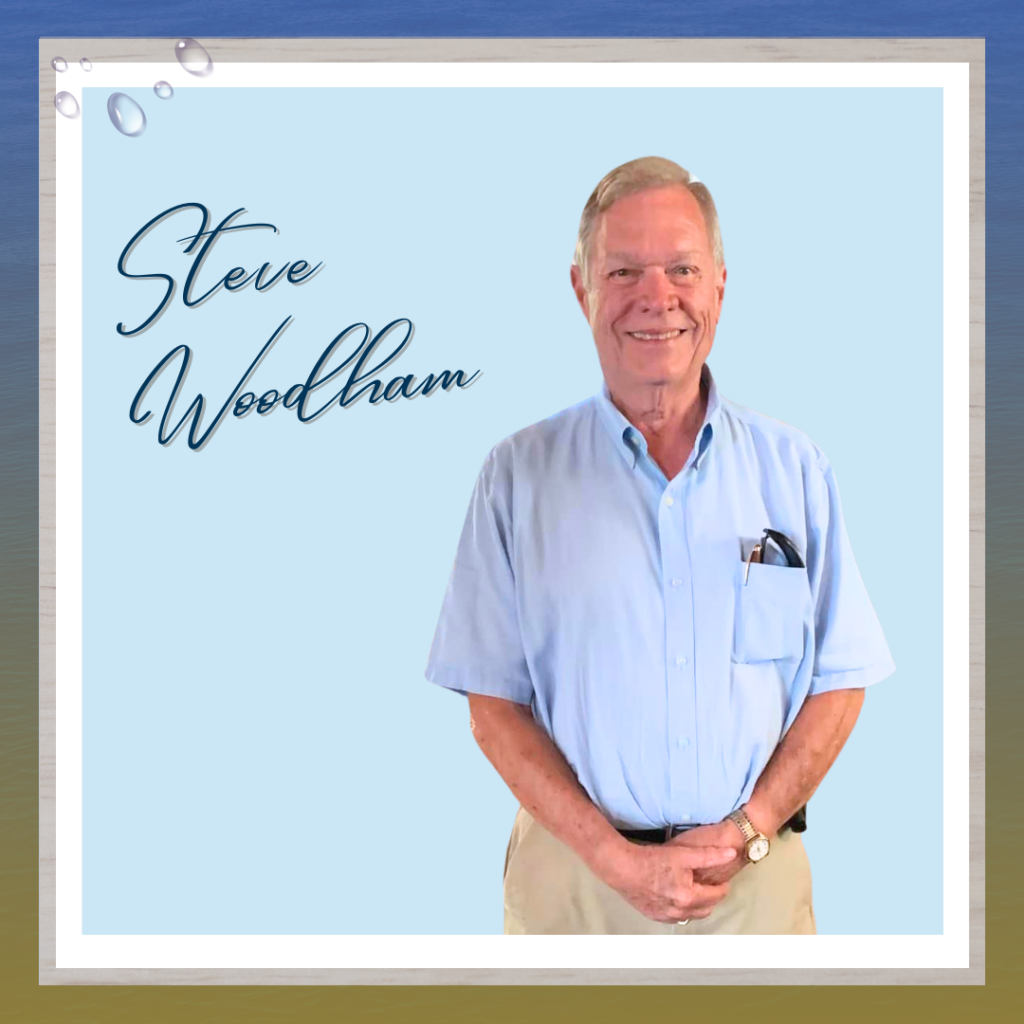 In 2010, Steve Woodham’s only wood turning experience was making a turned mallet with a hand-me-down Craftsman lathe from his father, when he was invited to the Little River Woodturners meeting at James Walker’s shop. After the meeting, he asked Walker to teach him how to turn. Walker agreed, and Woodham has never looked back. Over time, Woodham has upgraded his equipment and now owns two lathes. He joined the American Woodturners Association and attended several symposiums that have helped to expand his craft.
In 2010, Steve Woodham’s only wood turning experience was making a turned mallet with a hand-me-down Craftsman lathe from his father, when he was invited to the Little River Woodturners meeting at James Walker’s shop. After the meeting, he asked Walker to teach him how to turn. Walker agreed, and Woodham has never looked back. Over time, Woodham has upgraded his equipment and now owns two lathes. He joined the American Woodturners Association and attended several symposiums that have helped to expand his craft.
___
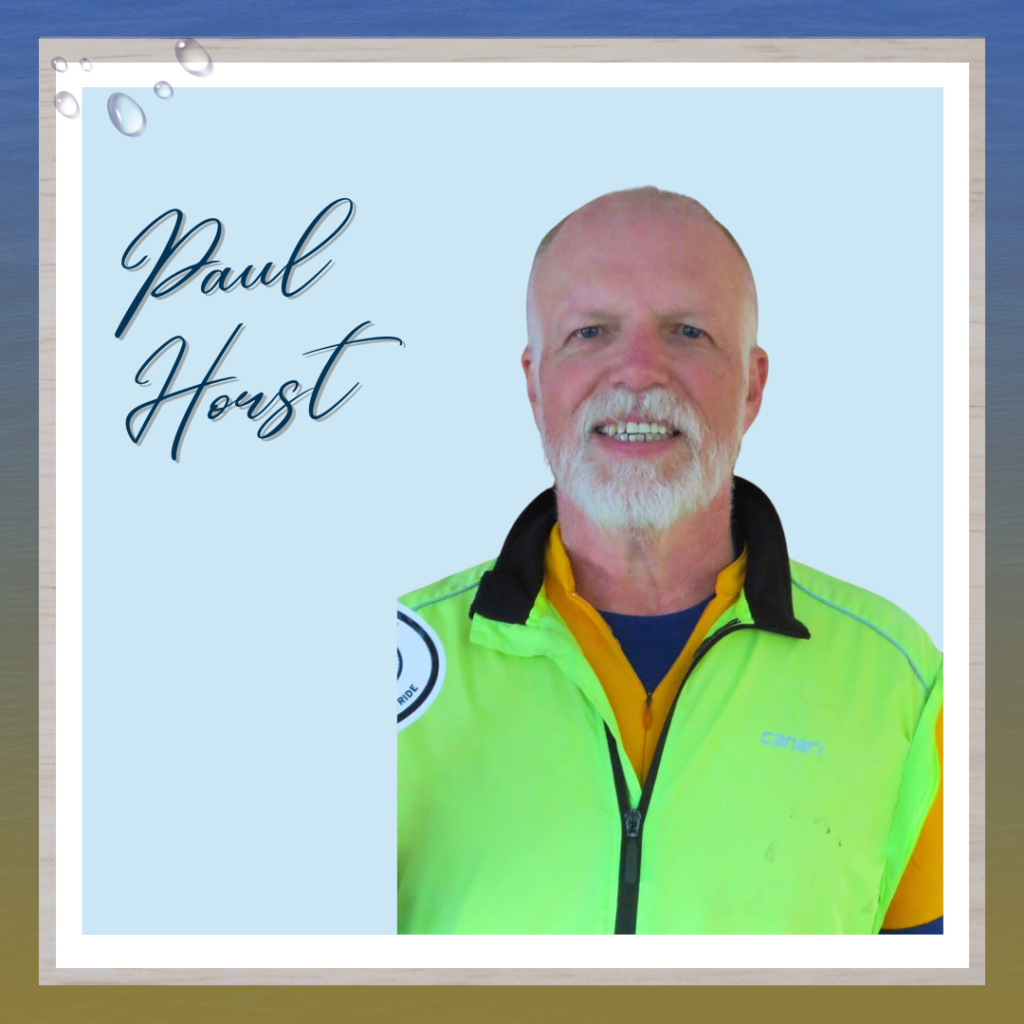 When Paul Horst is asked how long it takes him to turn a bowl, his answer is “42 years.” That’s how long Horst has been a student of the craft. In 1981, Horst bought a wooden high chair at an estate sale that had spindles missing. Using a lathe that his father had made from an old vacuum cleaner motor and gauges made from old files, he turned spindles from old hockey sticks. His next adventure in woodturning came about a year later when he turned legs for bunks beds for his children out of 4 x 4 locally harvested spruce. He was able to use a heavy industrial lathe in the school shop and got his first lesson in wood turning from the shop teacher.
When Paul Horst is asked how long it takes him to turn a bowl, his answer is “42 years.” That’s how long Horst has been a student of the craft. In 1981, Horst bought a wooden high chair at an estate sale that had spindles missing. Using a lathe that his father had made from an old vacuum cleaner motor and gauges made from old files, he turned spindles from old hockey sticks. His next adventure in woodturning came about a year later when he turned legs for bunks beds for his children out of 4 x 4 locally harvested spruce. He was able to use a heavy industrial lathe in the school shop and got his first lesson in wood turning from the shop teacher.
For the next 20 years, or so, his woodworking was limited to making kitchen cabinets, bookshelves, etc. (non lathe things) In the late 1990s, Horst came into the possession of a Craftsman lathe and tools. His first try on that lathe taught him the value of face protection! Shortly after moving to Georgia in 2005, his wife connected him with the Little River Woodturners Guild through James and Jerry Walker. After attending a few of the monthly meetings, Horst purchased a big new Powermatic Lathe and has never looked back. His turning now includes hollow forms, pens, boxes, ornaments, and bowls.
___
 Bob Walker has always been interested in woodworking. As a child, he built his own treehouse from scratch, and in high school he crafted a shelf for his mother in shop class. He would go on to make shelves, tables, beds, bird houses, and even doll cradles for his family. In 2009, Walker attended an exhibit at the Syd Blackmarr Arts Center featuring works from the Littler River Wood Turners guild. After talking with members of the group, it lit a fire in his heart, and he learned to turn wood by joining the group.
Bob Walker has always been interested in woodworking. As a child, he built his own treehouse from scratch, and in high school he crafted a shelf for his mother in shop class. He would go on to make shelves, tables, beds, bird houses, and even doll cradles for his family. In 2009, Walker attended an exhibit at the Syd Blackmarr Arts Center featuring works from the Littler River Wood Turners guild. After talking with members of the group, it lit a fire in his heart, and he learned to turn wood by joining the group.
Walker loves the unpredictability of working with wood. Even something as humble as a pine tree or a common black cherry tree from someone’s backyard will make beautiful objects.
___
 Dave Richards is a retired veterinarian raised in Valdosta, Georgia. For him, woodturning has been a method of enjoying his love for wood for the past eight years. Richards has found the learning experience to be rewarding, exhausting, and it has inspired a quest to create more and more. Although revered by others as a true artist, if you were to ask Richards, he would humbly disagree. For him, the excitement comes from discovering new techniques and seeing people enjoy the beauty of a wood creation. The warmth and tactile nature of wood has always drawn his eye and he still finds a thrill when he first cuts into a log to see what is revealed. According to Richards, “God’s tapestry is always amazing like the phrase in the movie Forrest Gump, ‘ you never know what you’re gonna get.’”
Dave Richards is a retired veterinarian raised in Valdosta, Georgia. For him, woodturning has been a method of enjoying his love for wood for the past eight years. Richards has found the learning experience to be rewarding, exhausting, and it has inspired a quest to create more and more. Although revered by others as a true artist, if you were to ask Richards, he would humbly disagree. For him, the excitement comes from discovering new techniques and seeing people enjoy the beauty of a wood creation. The warmth and tactile nature of wood has always drawn his eye and he still finds a thrill when he first cuts into a log to see what is revealed. According to Richards, “God’s tapestry is always amazing like the phrase in the movie Forrest Gump, ‘ you never know what you’re gonna get.’”
Richards’s passion has been using native trees within fifty miles of Valdosta and focusing on using primarily spalted wood. Spalting is a process of enhancing wood’s uniqueness and color variation from fungus that enters the wood. As the cut log begins to age, the colors and patterns created by the spalting can be breathtaking. Proper timing in using the spalted wood is critical to harvest before rotting occurs. It is a test of patience to wait for the exact point the beauty of God’s work reaches a pinnacle.
___
 James Puckett was first introduced to wood-turning through YouTube! After watching countless hours of wood-turning content, Puckett decided to pursue wood-turning as a new hobby. Through serendipitous connections, Puckett was able to make contact with Dave Richards, a known craftsman in the area. Dave Richards invited Puckett to attend a meeting of the Little River Wood Turners Guild in Tifton. Under Richards’s guidance, Puckett learned the basics of turning wood; his first creation was an acorn the size of a dinner fork!
James Puckett was first introduced to wood-turning through YouTube! After watching countless hours of wood-turning content, Puckett decided to pursue wood-turning as a new hobby. Through serendipitous connections, Puckett was able to make contact with Dave Richards, a known craftsman in the area. Dave Richards invited Puckett to attend a meeting of the Little River Wood Turners Guild in Tifton. Under Richards’s guidance, Puckett learned the basics of turning wood; his first creation was an acorn the size of a dinner fork!
Since starting in 2019, Puckett has immersed himself in his new found passion, creating a wide array of beautiful turned wood objects such as bowls, hollow forms, cups, vases, candle holders, and more. Although he has only been turning wood for a few years, Puckett’s work is a testament to what can be accomplished when passion meets determination.
